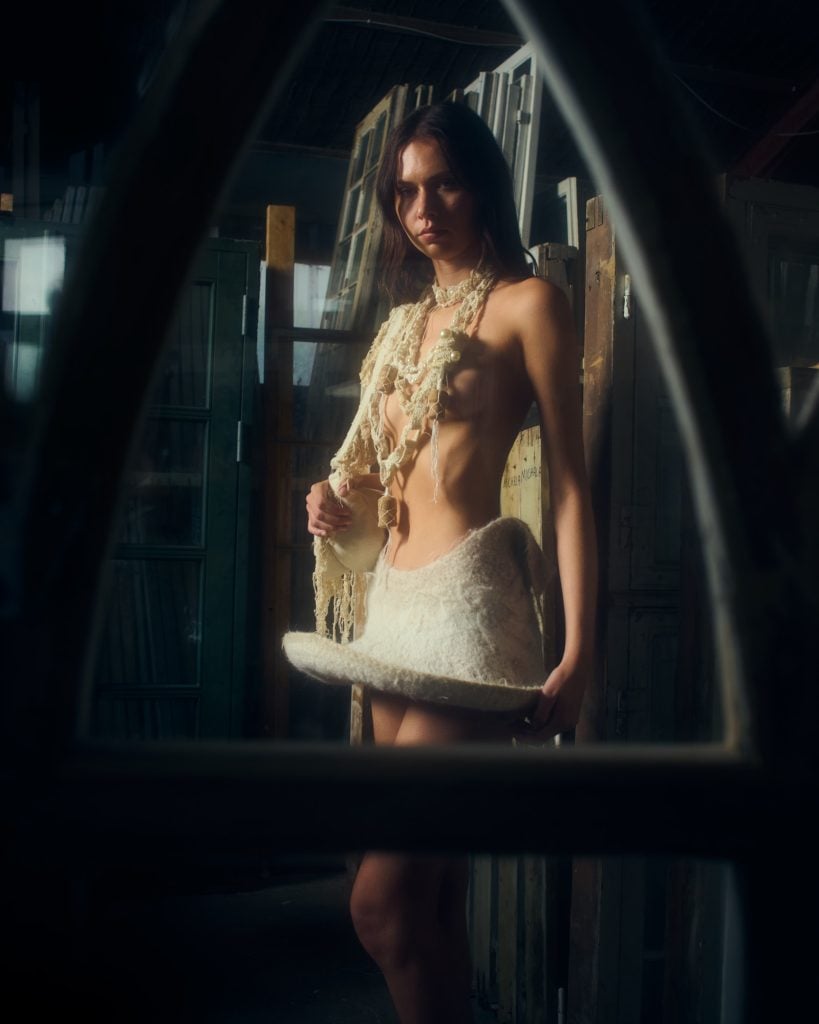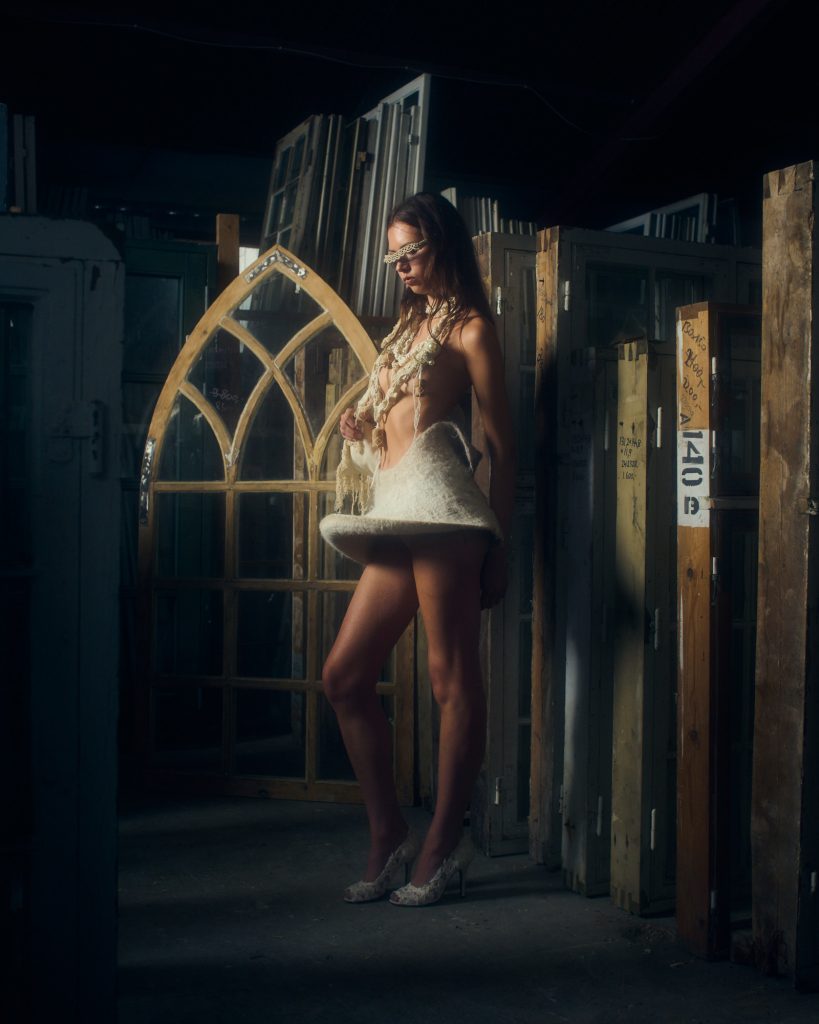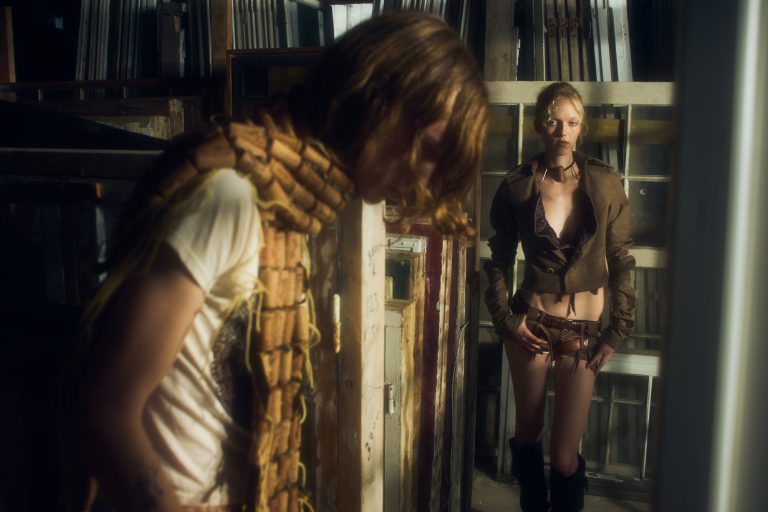

Solitude Studios, known for its nature-inspired creations, is launching a new collection that shifts its focus from external natural phenomena to the internal nature of human memory. This collection, Missing (Memories), explores the ambiguity of truth and the fading nature of memories, challenging traditional design norms while evoking a sense of fleeting moments through its tangible designs.
hube: Solitude Studios is known for drawing inspiration from the interaction between humans and nature. What specific natural phenomena have a direct influence on your piece or collection?
Sophia Martinussen & Jonas Sayed Gammal Bruun: In the past, a significant amount of our work and personal inspiration has been centred on external natural events and a more literal interpretation or influence of natural phenomena. This primarily is the relationship between humans and nature, the different ways of interaction and the relationship between the two – and the interlinked reality that nature is one thing, interacting with itself.
But as we develop, we want our brand to follow. For this collection, we have surrounded ourselves with the nature of human memory, and with that, the notion of biases and truth. We like to call it the internal nature, in opposition to our previous inspiration.
h: Your studio is described as ‘unbound by systematic structure, expelled by energy and striving for balance’. What does that mean for you?
SM&JSGB: Existing on our terms, or at least the illusion thereof, is something that we have always wanted. Waking up and creating what comes to mind, and being able to consume all of your time chasing specific ideas, is our ideal life.
We also tend to go to extremes with anything, and often we go overboard with an idea or design. Over time, we started noticing it in our behaviour, apart from our work, in our daily schedules, relationships, etc. So balance is something we have always sought but never managed to achieve.
There’s this old Chinese curse: ‘May you find what you’re looking for’, which has always stuck with Jonas. So the idea of balance is this elusive goal, something to strive for – a longing that hopefully never gets fulfilled.
h: The Seaweed Bag, one of your designs, is made from leftover threads and dyed by hand. What inspired this design, and how does it reflect your overall design ethos?
SM&JSGB: The Seaweed Bag is one of our very first designs, from our first collection. What I touched upon earlier, regarding external nature, was what drove the inspiration for that. The collection served as a sort of anti-thesis in our brand universe. Titled Pollute Me, it was a story about pollution in its various forms. Extending beyond the ‘carbon footprint-esque’ pollution, we looked at it from an emotional point of view, and how we, as humans, pollute each other as well.
The Seaweed Bag was made for this collection. The idea was to evoke a feeling of wanting to walk around with a ball of grass on you. When making it, however, it looked much more like seaweed – hence the name. The bag started taking on its meaning and also inspired our view on many things. We thought it was important that the wearer carried something that looked like a piece of nature with them because a bag is also made up of natural resources. It was an attempt to bridge the gap between resource and final product, reminding the wearer of its origin: nature.

